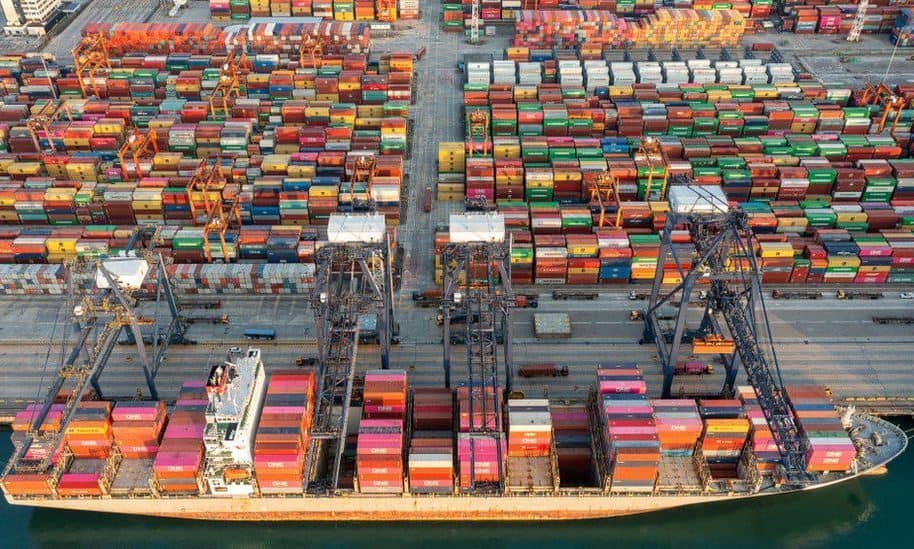In the last 20 months, since the first outbreak of COVID-19, it was the major cause of global disruptions. From lockdown, labour shortages, travel restrictions, port closures and container capacity and shortages, we have seen it all, causing major shipping delays. However, with more and more global disruptions, the global logistics and shipping industry is seeing further shipping and freight costs hikes, freight capacity issues, and to mention shipping container shortages well into the second half of 2021.
Whilst demand between Asia and the rest of the world is sky-high, yet the delays and closures caused by COVID-19 still ongoing, there are various global disruptions and delays in terms of transit times and clearing and not to mention ocean rates ever increasing. Whilst ocean rates are high, air freight rates are more stable, yet not ideal when considered high-volume and high-weight factoring cargo needing alternative methods of shipment. Yet, many are opting for this to ensure inventory and customer loyalty even at a loss due to high trade competition.
Further global disruptions include the likes of fires in Canada and Europe, flooding in Europe, typhoons in China, and virus outbreaks in the likes of Vietnam which have caused various regional issues when considering shipping and logistics. Whilst freight logistics are expensive, import/export players have no option but to pay the premium in addition to in spiking rates as capacity concerns force them into a corner.
With all these global disruptions in mind, causing delays, capacity issues, and not to mention increased costs, the demand for products during this time are still high. This has added further pressures on supply chain processes to maintain inventory despite the rising issues of costs and lack of alternative options. With the COVID-19 Delta variant not letting up any time soon, neither will shipping prices and any reprieve as experts expect the trend to go on for another two years.

